Our Services

Valve Types Tested
Diverse Range of Valves Tested and Validated at the Hawa Valve Technology Centre
• Butterfly Valves – Wafer, Lug, Double/Triple Offset.
• Plug Valves – Lubricated and Pressure Balanced, Sleeved, Lift & Turn, Double Block & Bleed.
• Ball Valves – Floating, Trunnion Mounted, Metal Seated, Top Entry and Side Entry.
• Rising Stem Ball Valves (RSBVs).
• Safety Valves and Relief Valves.
• Modular and Integral DBB (Double Block & Bleed) Valves – Ball/Needle/Ball, Ball/Ball/Ball, etc.
• Gate Valves – Pressure Seal, Wedge Type.
• Globe Valves – Straight, Angle, Y-pattern.
• Check Valves – Swing, Dual Plate, Non-Slam, Piston.
• Control Valves – SSV, PRV, Piston, Pneumatic, Electric, Smart Positioned.
• Custom Assemblies – Manual, Gear Operated, Gas over Oil, Pneumatic & Electric Actuated.
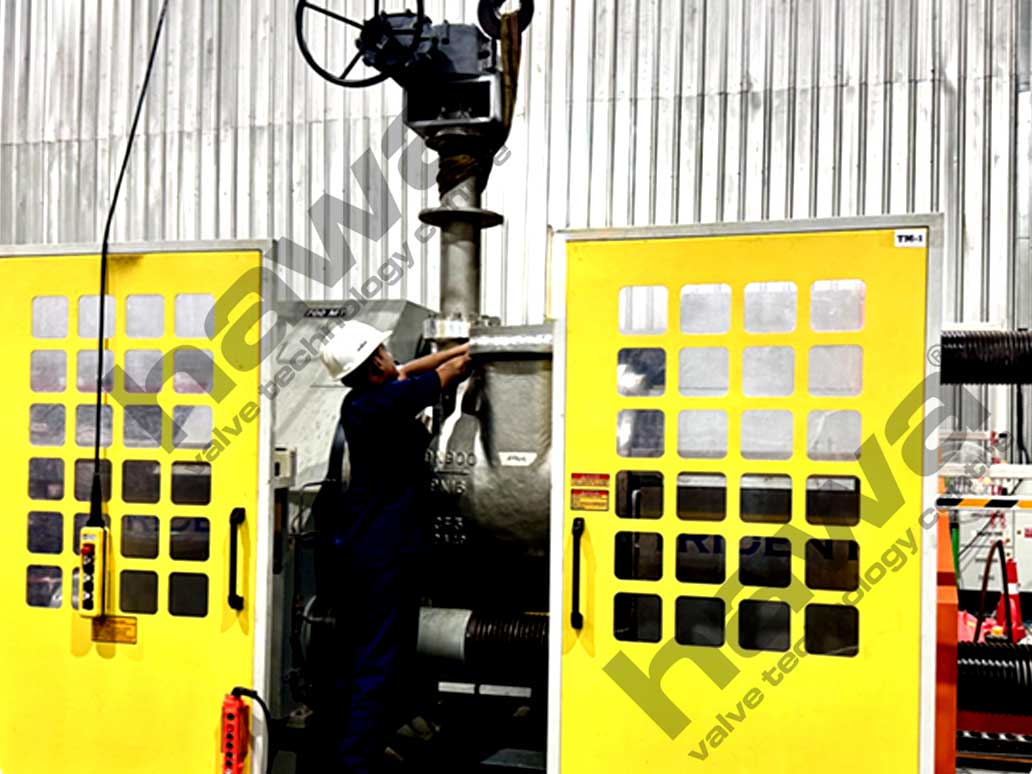
Standards & Norms
At the Hawa Valve Technology Centre, we adhere to the most stringent international testing standards to ensure all valve types manual, actuated and control are validated for global applications. These standards govern material integrity, dimensional accuracy, pressure testing, safety and operational performance.
ISO Standards:
ASME & BS Standards:
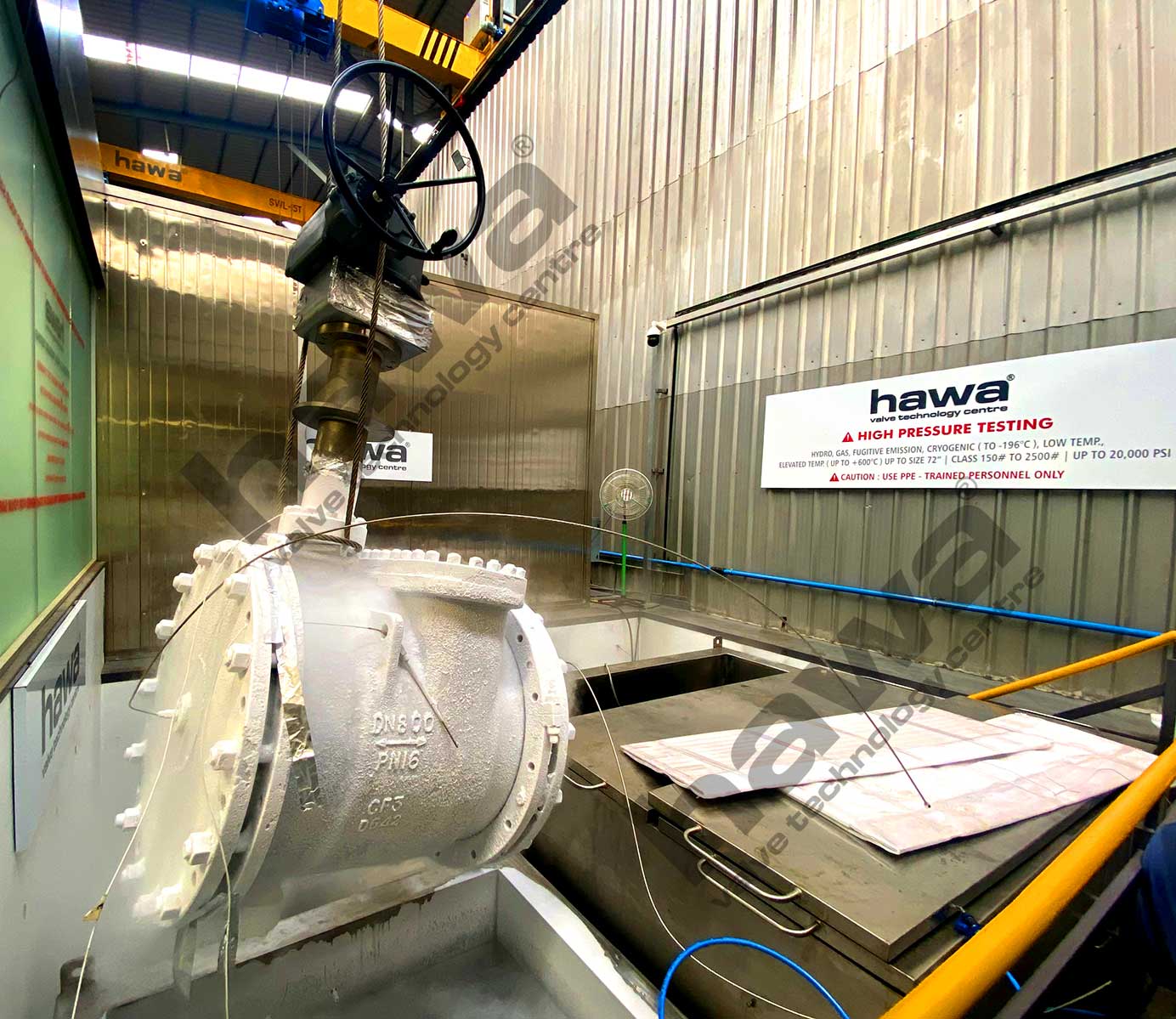
Standards & Norms
Cryogenic Testing evaluates the valve’s ability to function reliably at ultra-low temperatures, where materials tend to contract and sealing performance is critical. It is a vital validation step for valves used in liquefied gases like LNG and other cryogenic service valves.

Hydrostatic Testing
Hydrostatic Testing verifies the structural integrity of valves under high internal pressure. It is a standard test for body and seat tightness in all valve types, ensuring pressure containment without deformation or leakage.
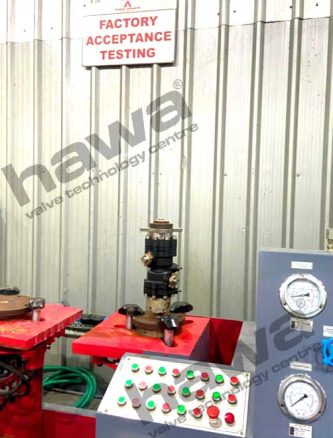
Pneumatic Testing
Pneumatic testing is a sensitive leak detection process using air or nitrogen at low pressure to ensure bubble-tight sealing in soft-seated valves.
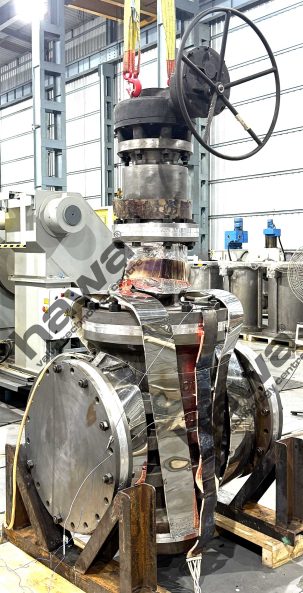
Elevated Temperature Testing
Elevated temperature testing evaluates a valve’s thermal expansion behavior, sealing performance and structural stability at high temperatures.
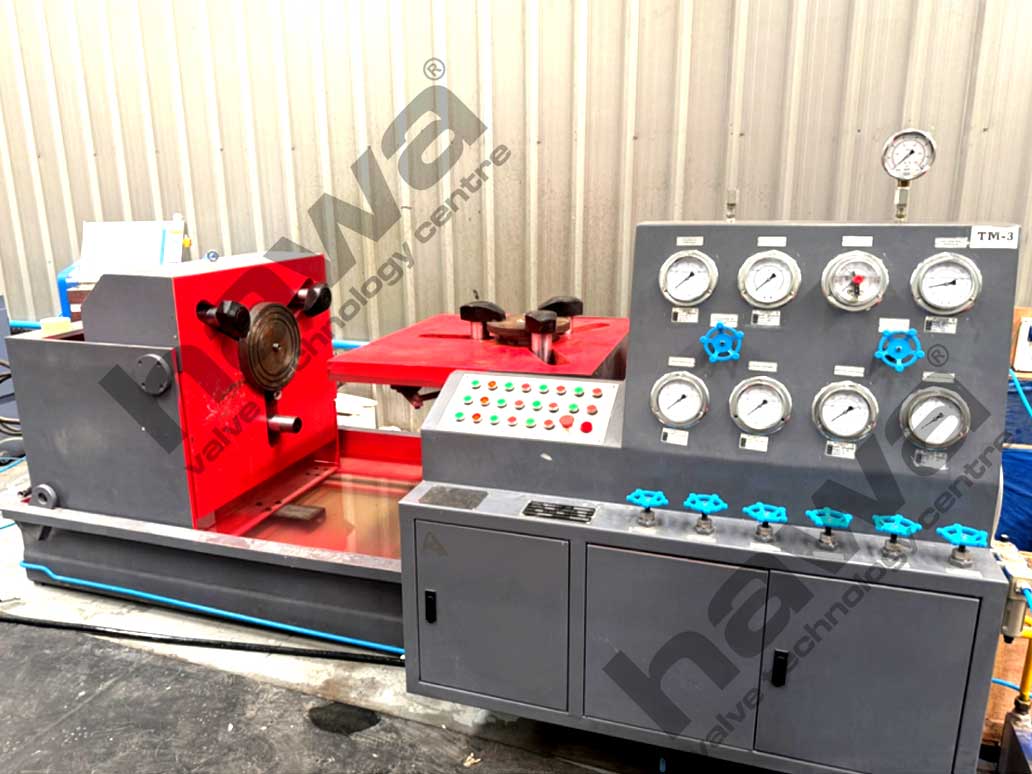
Water Leak Testing
Water leak testing identifies visible leaks in valves under low pressure. It is ideal for evaluating sealing performance using immersion or bubble testing techniques.
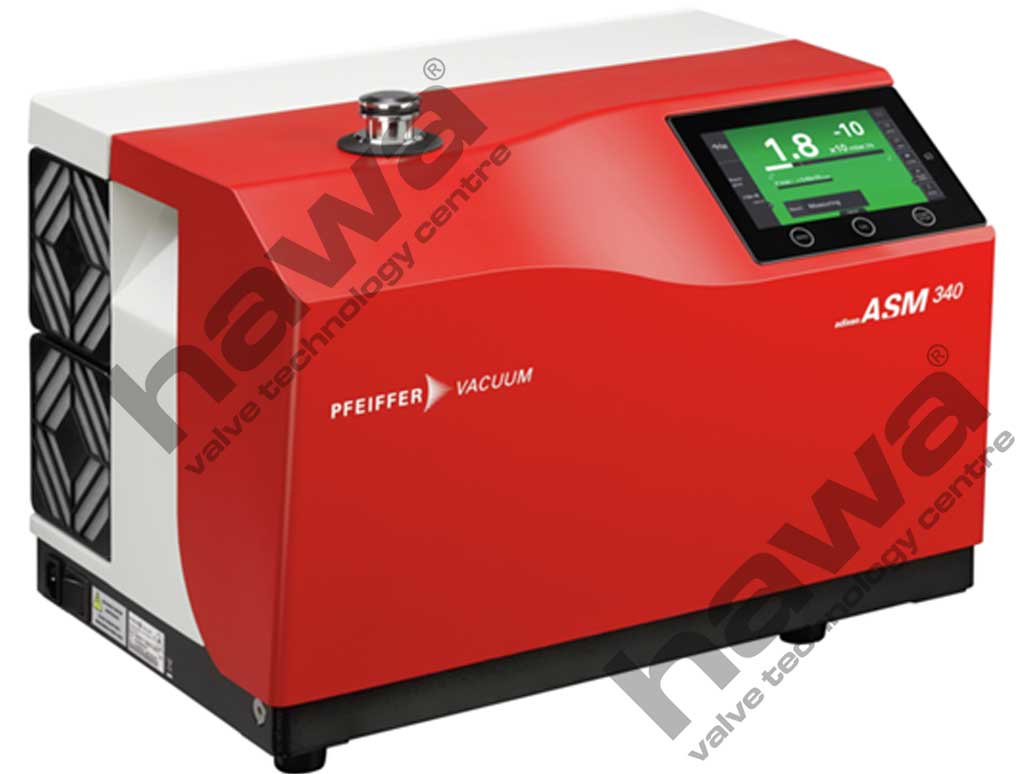
Fugitive Emission Testing (FET)
Fugitive Emission Testing (FET) is a critical validation method to ensure valves meet environmental regulations by minimizing unintentional leakage of volatile organic compounds. It is especially important for valves used in chemical, petrochemical, and refinery applications where emissions control is paramount.
